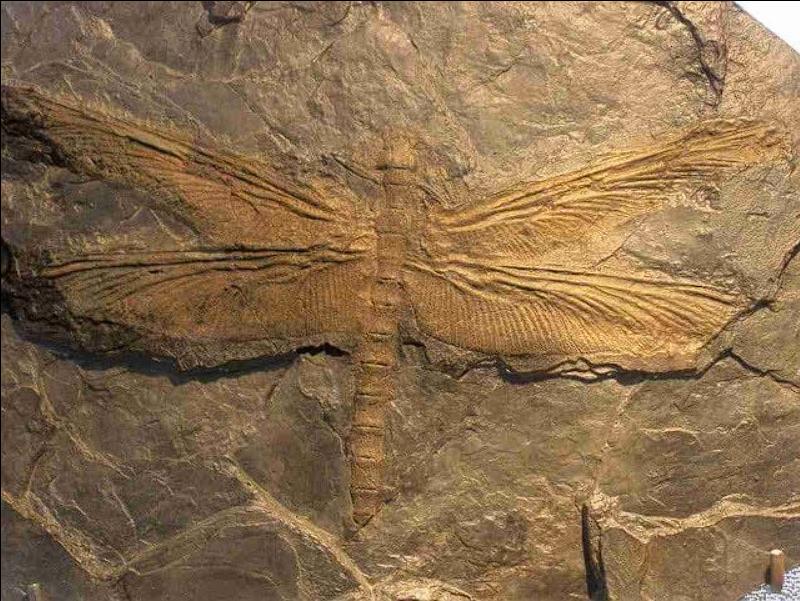Meganeura: The Giant Dragonfly That Once Ruled Earth’s Skies
Long before eagles soared or bats evolved, the prehistoric skies belonged to a colossal insect: Meganeura, a member of the Meganeuridae family with a wingspan of nearly 60 cm (2 ft). Imagine a dragonfly the size of a small hawk, its gossamer wings beating over steamy Permian swamps 280 million years ago. One fossil—and the exquisite network of veins frozen in stone—whispers the story of an atmosphere and ecosystem wildly different from today.
Oxygen‑Rich Air, Supersized Insects
During the late Carboniferous and early Permian, Earth’s atmosphere contained up to 35 % oxygen (compared with 21 % now). This oxygen surplus super‑charged the simple tracheal breathing systems of insects, allowing them to grow to astonishing sizes without suffocating. Meganeura’s expansive wings and elongated abdomen showcase how life responds when the air itself is turbo‑boosted.
The Apex Predator of the Swamp
Picture dense stands of Calamites horsetails and sprawling fern forests lining swampy lowlands. Above the canopy, Meganeura patrols like a living fighter jet—its multifaceted eyes tracking prey with pinpoint accuracy. Early amphibians, millipedes, and smaller insects were fair game. Modern dragonflies still achieve up to 95 % hunting success, and their ancient cousin likely matched—or exceeded—that lethal efficiency.
Engineering Marvel in Stone
The fossil’s wing venation reveals a light yet rigid framework:
- Primary veins brace the long leading edge for high‑speed flight.
- Cross‑veins create a shock‑absorbing lattice—nature’s answer to turbulence.
- Noduses and pterostigmata (darkened wing patches) fine‑tune aerodynamic balance, just as in today’s dragonflies.
These structural innovations let Meganeura accelerate, brake, and pivot mid‑air with predatory grace.
Legacy in Modern Dragonflies
Although giant insects vanished as oxygen levels fell and vertebrate fliers arose, their blueprint endures. Every darting dragonfly over a summer pond is a miniature echo of Meganeura’s reign—proof that successful designs can scale down and persist for hundreds of millions of years.
Key Facts at a Glance
| Feature | Meganeura (Permian) | Modern Dragonfly |
|---|---|---|
| Wingspan | ~60 cm / 24 in | 5–12 cm / 2–5 in |
| Era | 280 Ma (Late Carboniferous–Early Permian) | Present |
| Oxygen level | Up to 35 % | 21 % |
| Prey | Insects, small amphibians | Insects |
Why This Fossil Matters
Holding a Meganeura wing impression is like gripping a time portal: a tactile reminder that Earth has worn many atmospheric “masks.” When oxygen surged, insects became giants; when it receded, evolution rewrote the cast. Studying these fossils sharpens our understanding of how climate and chemistry sculpt life’s possibilities—past, present, and future.

CÁC TIN KHÁC
Mary Walton: The Forgotten Inventor Who Helped Clean Up America’s Cities
Tomb of Queen Nefertari in the Valley of the Queens, Egypt
Discover the Hypostyle Hall of the Temple of Hathor at Dendera
Venus de Losange: Unveiling the Mystery of a 20,000-Year-Old Paleolithic Icon